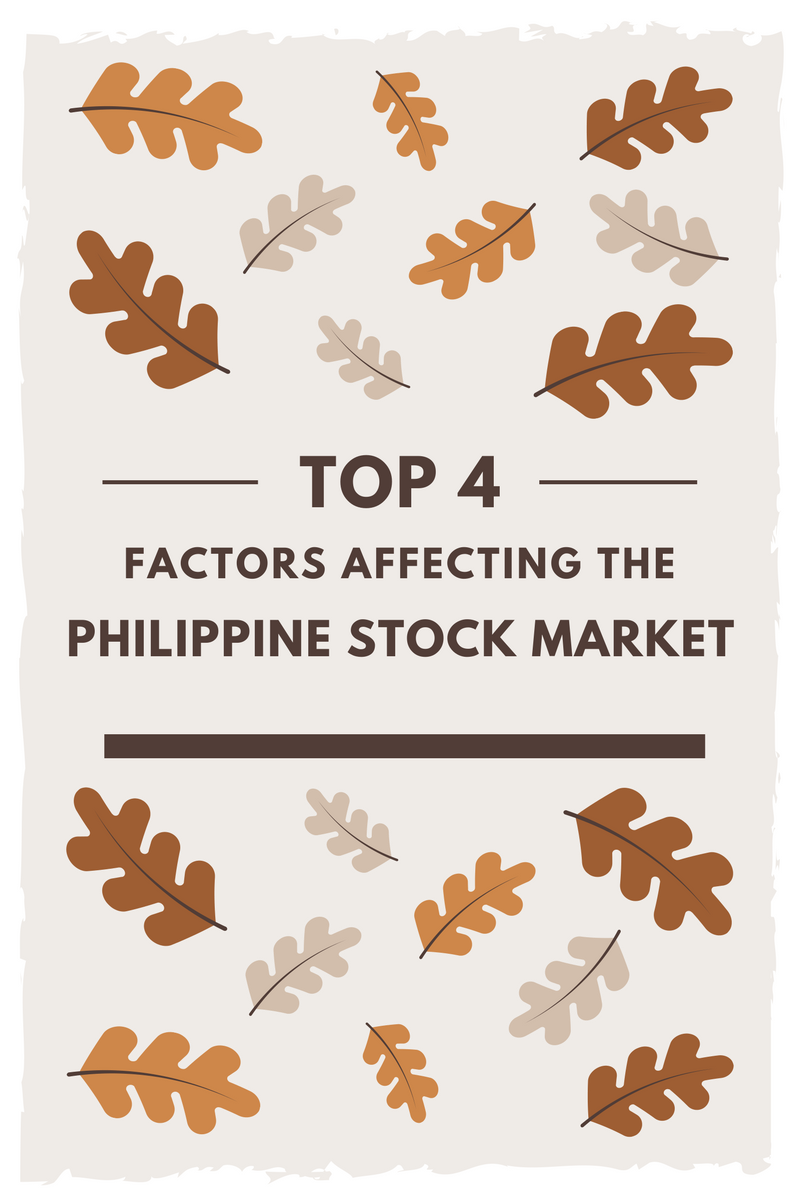
If you have been monitoring the levels of the PSEi lately, you would notice that it is just going between the 7,950 and the 8,100 levels, it would seem that the index is having a hard time breaking the 8,100 level and move higher consistently.
Here are the possible issues/factors that could be hindering the movement of the PSEi above the 8,100 hump. Take note that COL financial and the Truly Rich Club believe that these are non-issues and just noise that we could ignore:
The Philippine Peso is Weakening. In the first part of 2017, the Philippine Peso was trading in the range of P49.50 to 50.40 to US$1.00. After this, the Peso began to weaken in the middle of June. Towards the end of July, the Peso weakened to P50.77 to US$1.00. As I write this, the Peso is trading at P51.21 to US$1.00, thus, has further weakened. The weakness was caused by the BSP’s announcement that the Philippines suffered from a current account deficit of US$318 million in the first quarter of this year, the first current account deficit of the Philippines since 2002. Another announcement by the BSP last July, was that the balance of payment deficit reached US$569 million in June. Based on history, there is a strong correlation between the performance of the stock market and the performance of the Peso. Thus, raising concerns that the Peso’s weakness might lead to the decline of the Stock Market. COL Research and the Truly Rich Club are not too concerned
with the current account deficit and the weak peso because the primary reason for the current account deficit is the importation of capital goods, which will help boost productive capacity and future economic growth. Back in 2016, imports grew by 19.1 percent, led by a 36.8 percent jump in imports of capital goods. From January to May of this year, imports of capital goods remained strong, up by 7.3 percent from the same period in 2016. Growth in OFW remittances and BPO continues to be strong. In the past, this was responsible for the turnaround of the country’s current account position. From January to May this year, OFW remittances increased by 4.5 percent to US$11.3 billion, while the BPO revenues are forecast to grow by 9.3 percent annually from 2016 to 2022, reaching US$38.9 billion by the year 2022. Exports also increased by 16.3 percent during the first five months of the year. The weaker peso however, served well for OFWs, the BPO industry, and the exportation of goods. First, because this will improve the spending power of families receiving remittances. Second, because this will also boost competitiveness of the BPO sector and the export sector. The said factors should eventually stimulate consumer spending and investments.
Tapering of the US and European Central Banks. There are plans of both the US Fed and the European Central Bank tapering their bond buy-back program, this could possibly push up interest rates and affect economic growth negatively and therefore would also impact the stock market negatively. If you would recall, in 2013, the PSEi slid a total of 23% along with other stock markets in the world, when the US fed announced that they will be slowly tapering its bond buy-back program. But again, COL Research and the Truly Rich Club are not seeing this a major concern, rather, it could be that the US and European Central Banks are tapering their bond buy-back programs to raise funds to better address and future economic crises. This is because very low levels of interest rates and bloated balance sheets of the US and European central banks will make it difficult for them to maneuver once the cycle turns. Inflation in both the US and Europe is not yet a concern since both economies are still operating below full potential. Based on this, analysts don’t expect central banks to increase interest rates significantly to the point of derailing the ongoing economic recovery.
Valuation of the PSEi is Perceived to be Expensive. A lot of investors consider the PSEi to be expensive at the 8,000 level, because at this level, the PSEi would be trading at 19x P/E (Price to earnings ratio), way above the 10-year historical average P/E of 16x. This has made a lot of investors doubtful of COL Financial’s forecast of the PSEi hitting 8,700 by the end of this year. It is true that the PSEi seems expensive at 19x P/E. However, the difference today as compared to the past lies in the future outlook. In the past, risks involved were less favorable because there was an abundance of risks externally and intense competition. Now, locally, the risks are more favorable because of the good global economic outlook, the less intense competitive environment, and the effect of the impending passage of the
comprehensive tax reform program.
The Marawi Crisis. Last May 23, the Philippine Government troops and the Maute group of terrorist clashed in Marawi City, forcing President Duterte to declare martial law in Mindanao. Last month, the President submitted to Congress a request for an extension of martial law in Mindanao until the end of 2017. Because
of this, there are concerns that the declaration of martial law may have a negative impact on economic growth, as it would hinder consumer spending and investments in the area. However, Marawi is located in the ARMM Region, which only accounts for 0.7 percent of the GDP of the country. Thus, even if consumer spending and investments in the said region will be negatively affected, the potential impact to the overall economy would be minimal.
I hope this clears things up and eases your fears of investing in the stock market. Again, regardless of the market conditions, as long as we stick to the strategy of the Truly Rich Club, we will earn from the stock market in the long run.
To your financial freedom!
Advertisements
Share this:
Like this:Like Loading...






